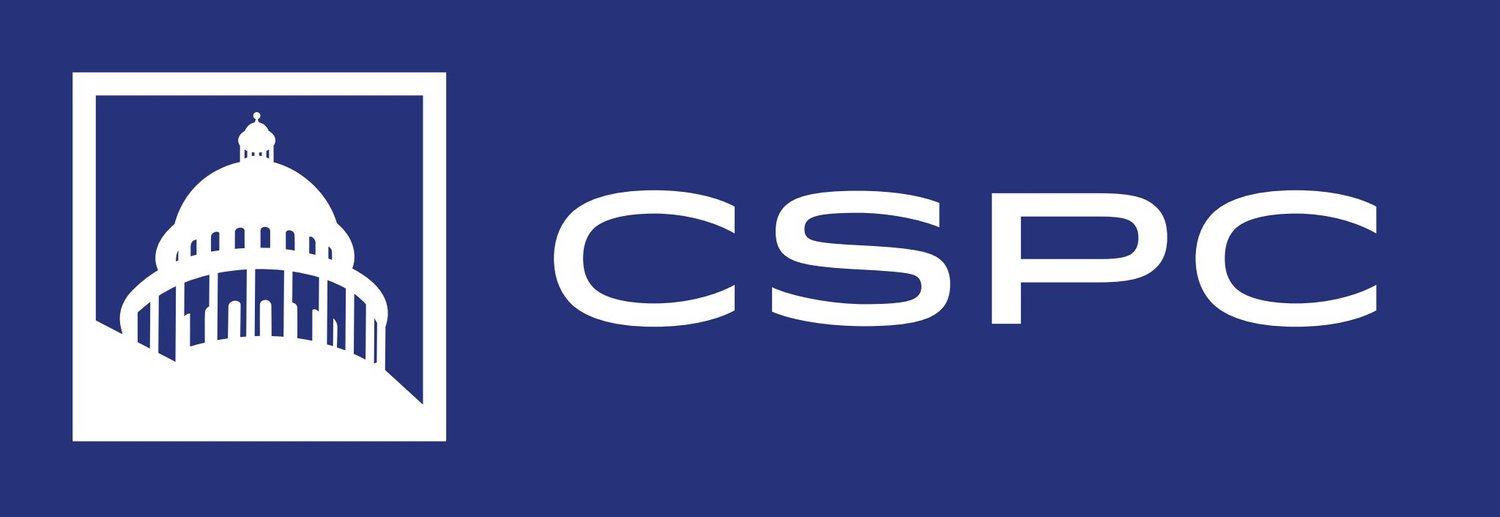Observers await outcomes of ipef negotiations
PArt II of RESTARTING THE TRADE AGENDA
Cargo depot in New Jersey with New York City in background (Photo: Author)
This week U.S. negotiators from the Department of Commerce and the Office of the U.S. Trade Representative are meeting with foreign counterparts of 14 nations in Singapore under the aegis of the Indo-Pacific Economic Framework (IPEF) — the Administration’s signature trade initiative in Asia. Back home in Washington, members of Congress, industry associations, and other observers (like CSPC) await the White House release of portions of the draft text of the agreement, which the Administration hopes to conclude by the end of 2023. The word “observers” is appropriate because Congress is not actively involved in this endeavor: the White House has neither requested trade promotion authority from Congress nor does it plan — at this time — to submit the IPEF text for Congressional approval. As we have previously reported, this “go alone” approach has caused consternation among some leading Republicans and Democrats on the House and Senate committees responsible for trade. They cite Congress’ Article I authority to regulate foreign trade as well as the argument that codifying trade agreements makes them more durable. Some members who are concerned about labor and environmental aspects of trade, including Representative Debbie Dingell (D-MI) according to Politico, have announced they would participate in a rally on the margins of the next IPEF negotiating round, which is scheduled to take place later this month in Detroit. Senator Elizabeth Warren (D-NY) has accused the Administration of conspiring with Big Tech to craft IPEF text in a way that would undermine Congress’ authority to regulate competition in the digital economy.
What we know about IPEF is that its goals do not include traditional market access provisions, specifically tariff reductions. There are pros and cons to this approach. On one hand, tariff reductions have contributed to the decline of U.S. manufacturing jobs over the past two decades, as National Security Advisor Jake Sullivan argued in a speech at Brookings last week. Certainly, government subsidies and protectionism have also boosted China’s comparative advantage, as CSIS Chair Bill Reinsch argued recently, but the lopsided U.S.-China trading relationship began with low tariff privileges afforded to China through a WTO membership card. Secondly, there’s not much tariff left to eliminate — at least on the U.S. side (Section 301 and 230 tariffs on China goods are the exception). Furthermore, “behind the border” factors such as standards, product regulations, and investment rules undoubtedly play an increasingly important role in determining trade flows than do tariffs. IPEF aims for commitments on supply chain security, digital trade, labor and environmental standards, and anti-corruption, and a common set of high standard rules in these areas would both increase trade and would level the playing field, ostensibly ensuring “fairer trade.” On the other hand, if China is successful in brokering tariff advantages in Indo-Pacific markets, U.S. exporters would be at a disadvantage. This is one of the key reasons why some members of congress have specifically called U.S. Trade Representative Katherine Tai on the Administration to include market access in IPEF negotiations, and some have called for the United States to rejoin the Trans-Pacific Partnership (now called CPTPP), which the U.S. abandoned in 2017. Putting tariffs on the table undoubtedly would create greater incentive for trading partners to undertake the legislative changes that IPEF will demand of them. And adding tariffs to the equation gives the U.S. something to take away if a signatory breaches his or her commitments.
What could the Administration do to make IPEF more impactful and durable and to appease Congressional skeptics? We propose three ideas. First, U.S. negotiators could go bold on supply chain provisions. This is new territory that has not been tried in previous trade agreements. The Asia Society has put forth a set of recommendations that could break new ground and have the potential to strengthen supply chains while reducing dependency on China — something that is very appealing for both parties in Congress. Included among these recommendations: an early warning system and “crisis response mechanism” and a critical minerals agreement similar to the one recently negotiated with Japan. Second, the Administration could signal its support for making the temporary tariffs (mentioned earlier) on China imports permanent — or at least extending them for five years. There is solid rationale for doing this given China’s continued abuse of international trading rules, threats to U.S. national security, and appalling human rights practices within the PRC. IPEF could then guarantee signatories that they would be exempt from such tariff hikes — essentially locking in current tariff rates for IPEF members — for a period of five years if they maintain strict rules of origin and comply with the other obligations in the final agreement. USTR could ask Congress to pass such a measure during negotiations or once IPEF negotiations are complete. Third, the Administration could signal that IPEF is a springboard/first step to something more comprehensive. This would help engender business support, which is key to the success of any agreement. Fourth, IPEF could be linked to other remedies/incentives that address Beijing’s debt-trap diplomacy and economic coercion, which are major concerns for many smaller U.S. trading partners.
We’ll soon know if IPEF is “a show about nothing,” to quote TV show Seinfeld, or if our Indo-Pacific trading partners make binding commitments to implement legislative changes that strengthen supply chains and increase goods and services trade among like-minded partners. An innovative and ambitious supply chain provision that involves Congress in its implementation would help boost the impact and enforceability of the pact. Although, as Dan Mahaffee points out in this week’s roundup, companies already have a number of motivations to dial back their business in China in favor of friendshoring in more stable lower-risk countries — with or without the IPEF.

